Imagine flying non-stop for days or even months without proper rest. For humans, this feat would be impossible, yet certain bird species routinely accomplish extraordinary migrations spanning continents and oceans. One of the most fascinating adaptations that enables these marathon journeys is the ability of some birds to literally sleep on the wing. These avian champions have developed the remarkable ability to enter brief periods of sleep while continuing to fly, often while gliding on thermal currents or prevailing winds. This phenomenon of “migration napping” represents one of nature’s most elegant solutions to the seemingly contradictory needs for both continuous flight and essential rest. As we explore this remarkable adaptation, we’ll discover how birds have evolved neurological and physiological mechanisms that allow them to navigate vast distances while still obtaining the restorative benefits of sleep.
The Migration Marathon: Why Birds Need Sleep Solutions
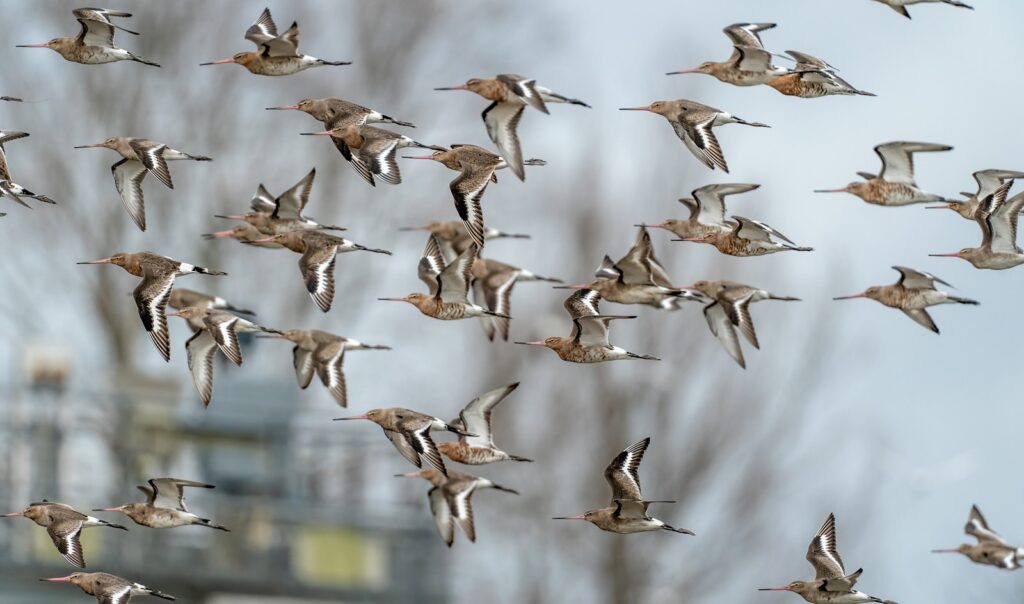
Bird migration represents one of the most demanding physical challenges in the animal kingdom, with some species flying continuously for days or even months across vast distances. The bar-tailed godwit, for example, flies non-stop for approximately nine days during its migration from Alaska to New Zealand, covering over 7,000 miles without rest, food, or water. Such extreme journeys create a fundamental biological dilemma: while continuous flight is necessary to reach distant breeding or feeding grounds, sleep deprivation can severely impair cognitive function and physical performance. Without adequate rest, migrating birds would face increased risks of predation, navigational errors, and potentially fatal exhaustion. This biological conundrum has driven the evolution of specialized sleep adaptations that allow certain birds to obtain essential rest while maintaining their position in the air, a remarkable solution to a seemingly impossible problem.
Unihemispheric Slow-Wave Sleep: The Biological Breakthrough
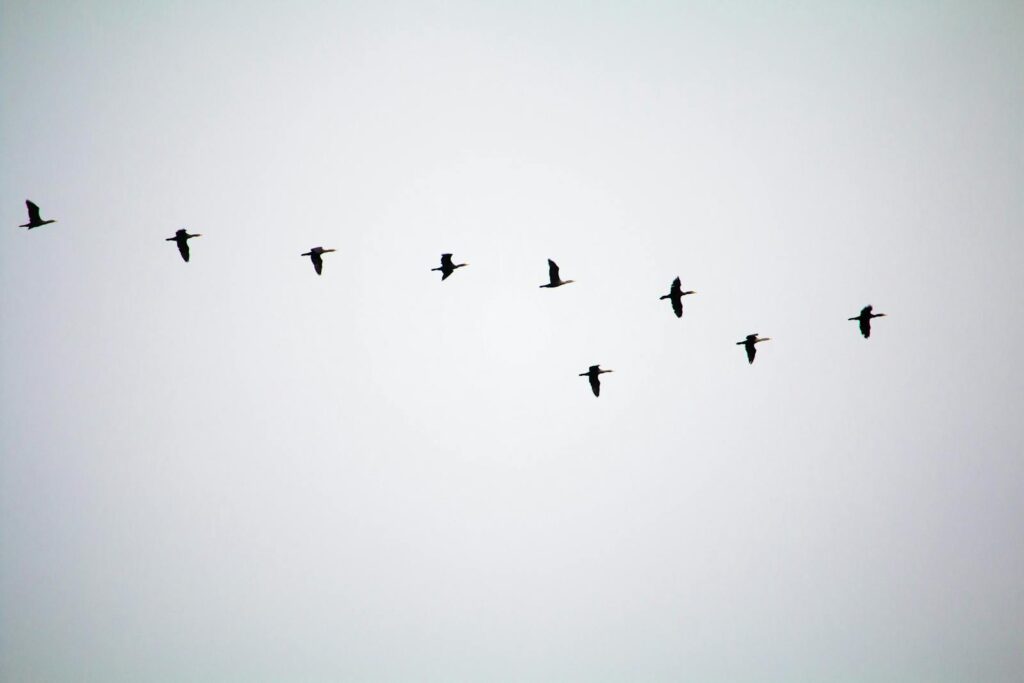
The key to migration napping lies in an adaptation called unihemispheric slow-wave sleep (USWS), a phenomenon where one cerebral hemisphere of the brain sleeps while the other remains alert. This remarkable ability allows birds to enter a state of partial sleep where one side of the brain experiences slow-wave sleep patterns while the other hemisphere maintains consciousness and control of essential functions. Marine mammals like dolphins and some seal species also demonstrate this ability, which evolved independently in birds as a solution to the challenge of long-distance flight. During USWS, the eye connected to the awake hemisphere remains open and vigilant, while the eye connected to the sleeping hemisphere closes, creating a literally “one-eyed” state of semi-consciousness. This neurological innovation allows birds to maintain flight control and spatial awareness while still obtaining critical restorative benefits of sleep, albeit in a modified form.
Gliding as the Perfect Sleep Opportunity
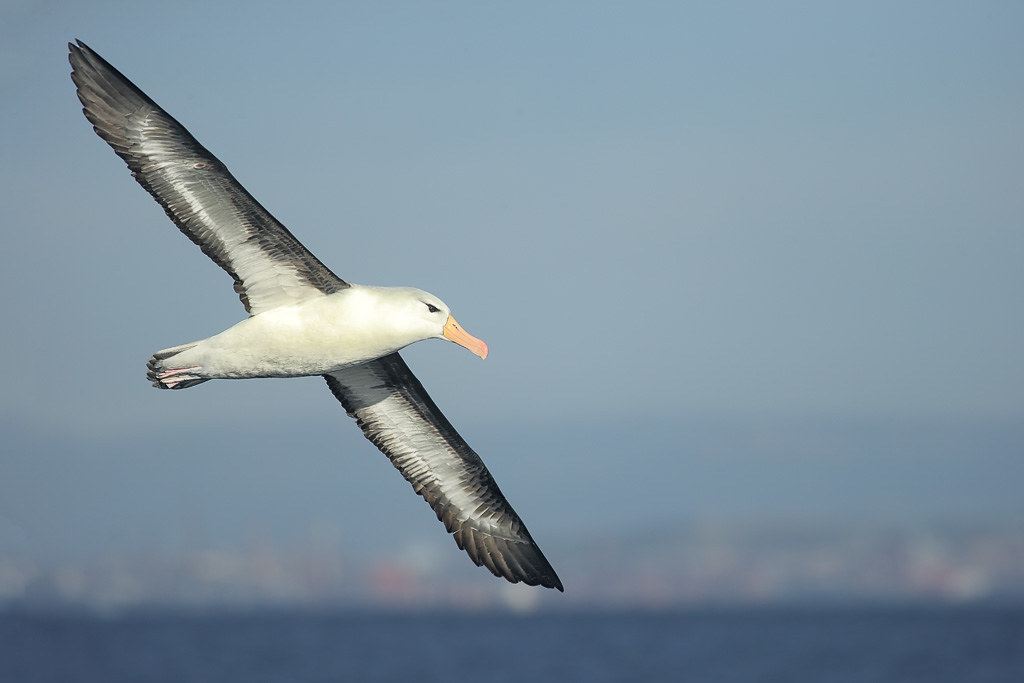
Gliding flight presents the ideal opportunity for migration napping, as it requires significantly less active muscular control than continuous flapping. When birds catch rising thermal air currents or ride prevailing winds, they can maintain altitude and forward progress while expending minimal energy, creating a window for partial rest. Species like frigatebirds and albatrosses have mastered the art of dynamic soaring, where they exploit differences in wind speed at various altitudes to maintain momentum with extremely rare wing beats. During these gliding phases, birds can engage in brief microsleeps or enter more sustained periods of unihemispheric sleep while maintaining their trajectories. Research has shown that birds often time their sleep episodes to coincide with optimal gliding conditions, demonstrating a sophisticated integration of rest needs with flight mechanics and environmental conditions.
The Frigatebird: Champion of Aerial Sleep

The magnificent frigatebird (Fregata magnificens) has emerged as one of the most remarkable practitioners of migration napping, with groundbreaking research confirming its ability to sleep during flight. Scientists from the Max Planck Institute attached small EEG devices to frigatebirds in the Galapagos Islands, recording brain activity during multi-day flights over the ocean. The data revealed that these birds could enter brief periods of sleep lasting several seconds while continuing to fly, sometimes sleeping with both hemispheres simultaneously during stable gliding conditions. Most remarkably, frigatebirds were found to sleep for only about 42 minutes per day during migration—less than 10% of their normal sleep time—yet showed no apparent cognitive impairment. Their aerial sleep episodes typically occurred during nighttime flights, when birds were riding updrafts at altitudes of around 1,500 feet, demonstrating a clear connection between environmental conditions and sleep opportunity.
Swift Sleepers: Months in the Air Without Landing

Common swifts (Apus apus) represent perhaps the most extreme example of aerial living, with research confirming they can remain airborne for up to ten consecutive months without landing. These remarkable birds eat, drink, mate, and sleep entirely on the wing during their non-breeding period, presenting a profound challenge to our understanding of sleep requirements. Scientists studying swift flight patterns have identified periods of reduced activity and distinctive gliding behaviors that likely represent sleep episodes. Using accelerometers to track movement, researchers have detected regular patterns of reduced wing beats during the night, suggesting that swifts switch to a slower, more efficient flight mode during presumed sleep periods. The ability to maintain flight control during sleep is particularly crucial for swifts, as their specialized anatomy makes it difficult for them to take off from flat surfaces, meaning an unintended landing could prove fatal.
The Neuroscience of Bird Sleep Architecture
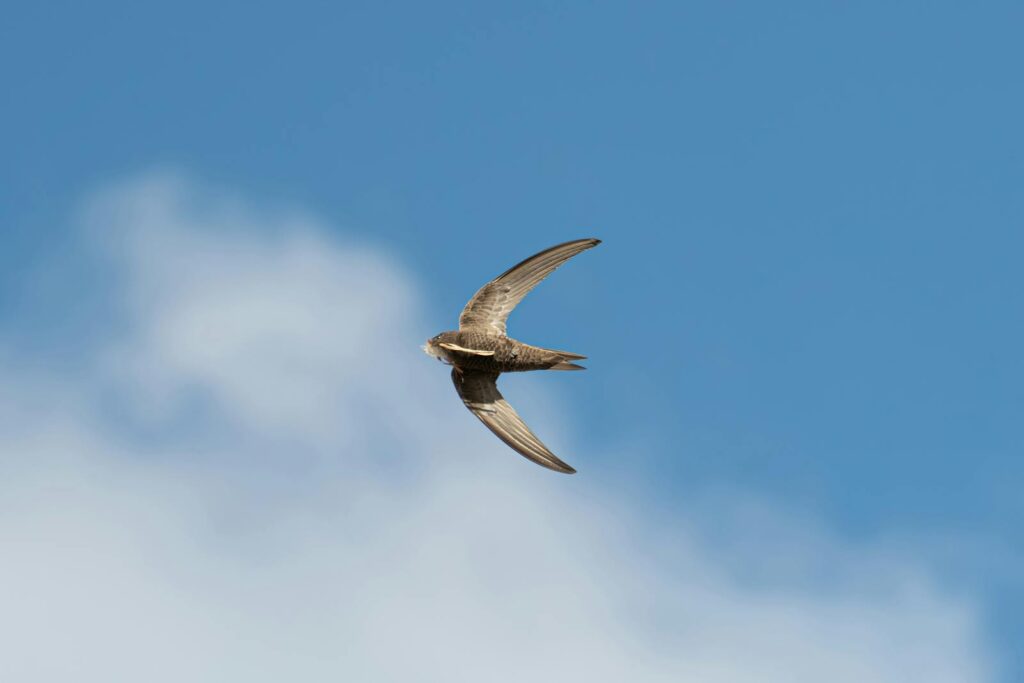
The brain architecture that enables aerial sleep represents a fascinating adaptation specific to birds and a few other species. Unlike mammals, which generally require bilateral sleep across both hemispheres, birds have evolved neural pathways that allow for independent functioning of each brain hemisphere. This independence extends to the control of the visual system, with each eye primarily sending information to the opposite hemisphere of the brain. The corpus callosum, a large bundle of nerve fibers connecting the two hemispheres in mammals, is absent in birds, potentially facilitating their ability to maintain hemispheric independence during sleep. Further adaptations include modified neurotransmitter systems that can selectively induce sleep in one hemisphere while maintaining alertness in the other, and specialized connections between the brain and spinal cord that enable autonomous flight control even during partial sleep states.
REM Sleep: The Missing Element in Aerial Rest
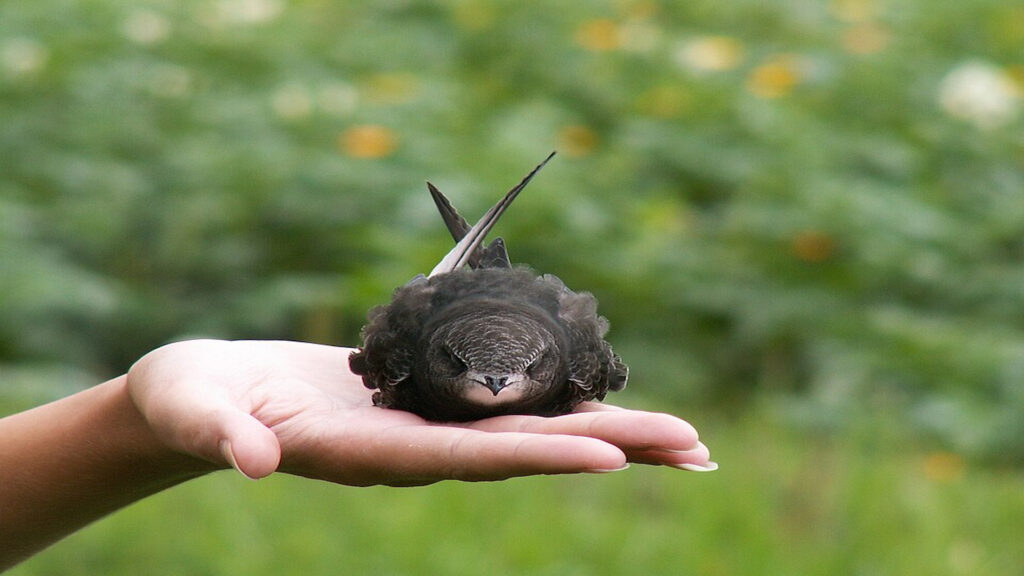
While unihemispheric slow-wave sleep provides birds with essential rest during flight, rapid eye movement (REM) sleep—the phase associated with dreaming in mammals—presents a more complex challenge. REM sleep typically involves muscle atonia, a temporary paralysis that would be catastrophic during flight. Research has shown that migrating birds experience very little REM sleep during long journeys, potentially deferring this type of sleep until they can safely land. Once birds reach their destination or find safe stopover locations, they often experience REM rebound, with increased duration and intensity of REM sleep to compensate for the deficit accumulated during flight. This strategic deferral and subsequent recovery pattern suggests that while slow-wave sleep may be partially accomplished during flight, complete sleep cycles including REM phases may require periods of terrestrial rest, highlighting the complex trade-offs birds must manage during migration.
Sleep Deprivation and Compensatory Mechanisms
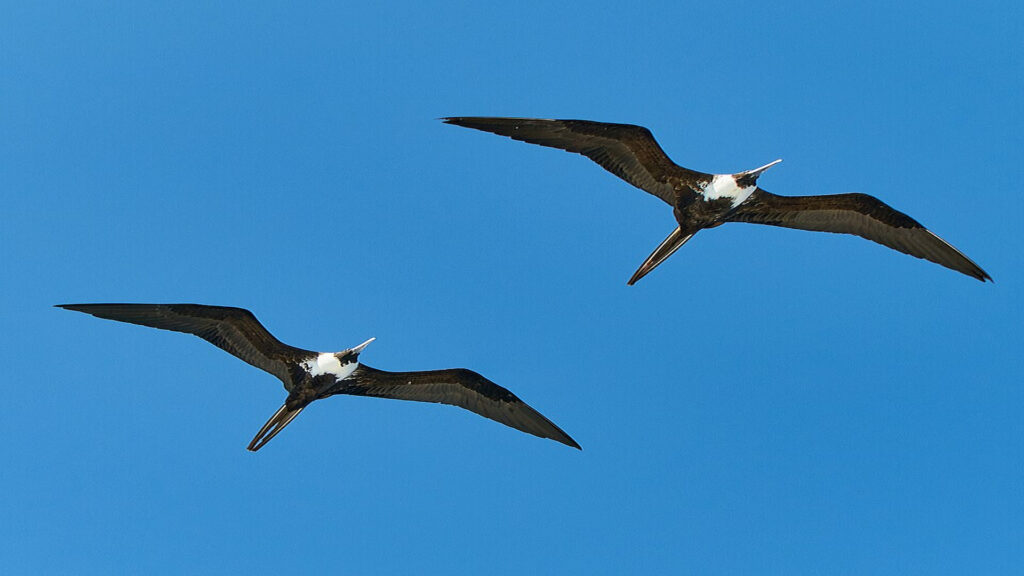
Even with the remarkable adaptation of unihemispheric sleep, migrating birds still experience significant sleep reduction during long journeys. Research indicates that birds employ various physiological and behavioral strategies to mitigate the effects of this sleep deficit. One key adaptation is the ability to function effectively on much less sleep than would normally be required, suggesting enhanced resilience to sleep deprivation compared to mammals. Many species also demonstrate the ability to enter deeper, more efficient sleep states during brief rest periods, maximizing the restorative benefits of limited sleep time. Additionally, some birds appear to prepare for migration by increasing their sleep time before departure, effectively banking sleep in anticipation of coming restrictions. These compensatory mechanisms represent sophisticated adaptations that help birds manage the extreme demands of long-distance flight while minimizing the cognitive and physical impairments typically associated with sleep loss.
Environmental Factors Influencing Aerial Sleep
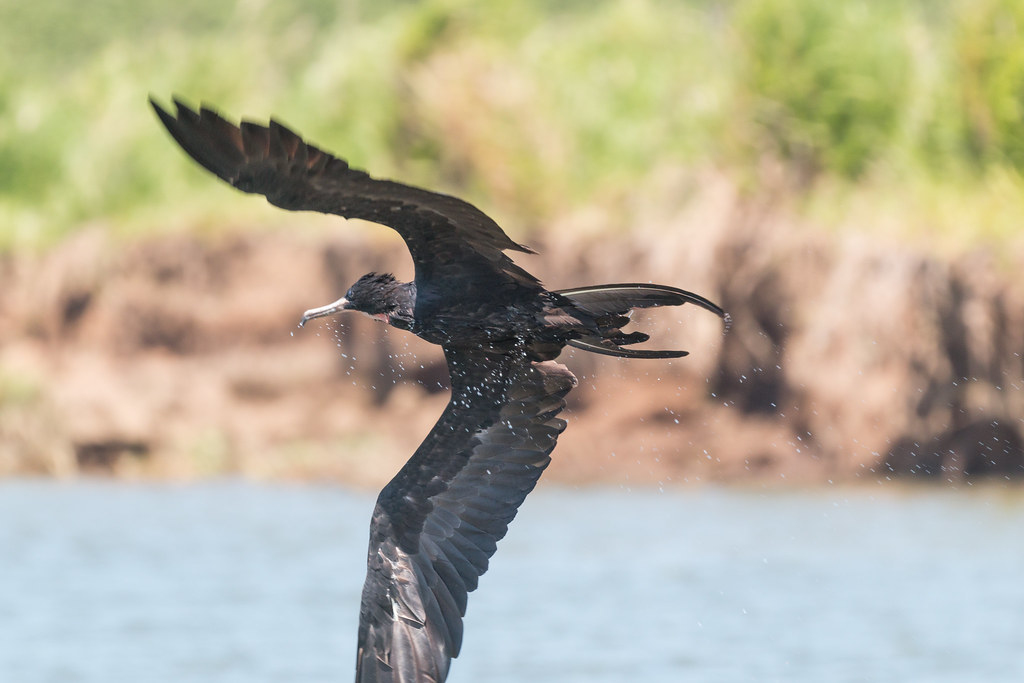
The timing and duration of aerial sleep episodes are heavily influenced by environmental conditions that affect flight stability and energy expenditure. Birds typically enter sleep states during favorable gliding conditions, such as strong thermal updrafts or steady prevailing winds that provide reliable lift. Research has shown that birds are more likely to engage in unihemispheric sleep during daylight hours when thermals are strongest, allowing for stable gliding with minimal muscular effort. Weather patterns also play a crucial role, with birds generally avoiding sleep during turbulent conditions that require constant adjustments to maintain flight control. Altitude is another significant factor, as higher elevations often provide more stable air currents and reduced risk from ground-based predators, creating safer conditions for brief sleep episodes. These patterns demonstrate the sophisticated integration of environmental awareness and sleep physiology that allows birds to optimize both rest and flight efficiency during migration.
Technological Insights: How Scientists Track Aerial Sleep
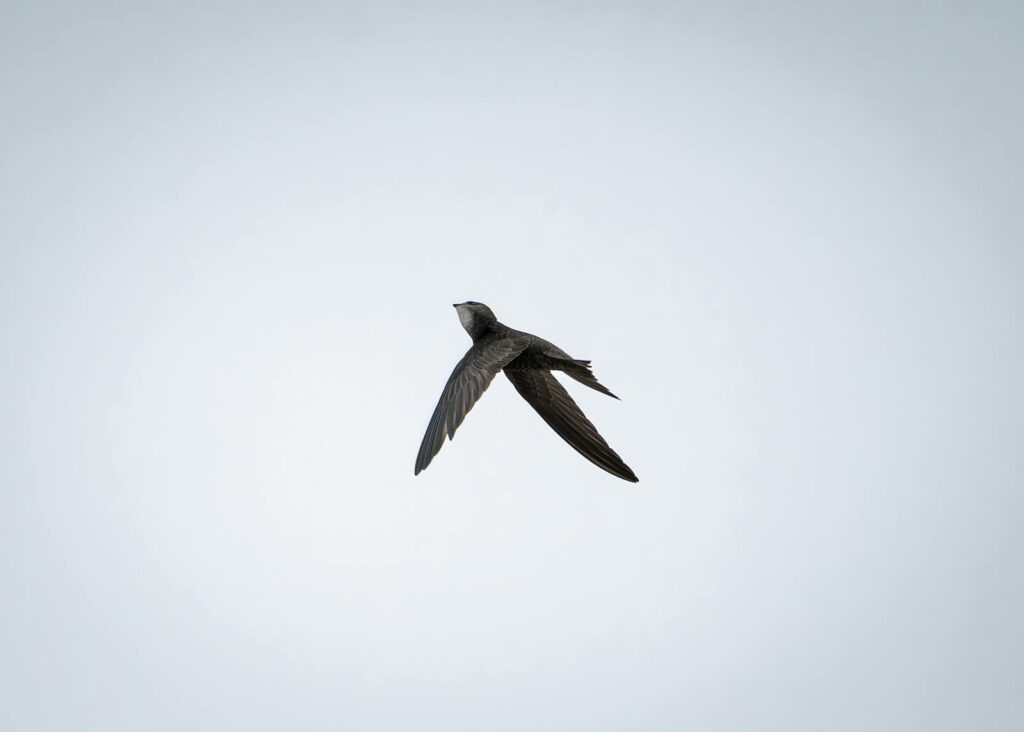
Research into aerial sleep has advanced significantly with the development of lightweight neurophysiological recording devices that can be attached to free-flying birds. Modern EEG (electroencephalogram) loggers weighing less than a gram can record brain activity patterns that distinguish between wakefulness and various sleep states, providing direct evidence of sleep during flight. These tools are often combined with accelerometers and GPS trackers to correlate sleep episodes with specific flight behaviors and geographical locations. Additional technologies include sophisticated radar systems that can track bird movements continuously over long distances, revealing patterns of activity that may indicate sleep-related behavior changes. Perhaps most remarkably, some researchers have developed miniature eye-tracking systems that can detect the one-eyed sleep pattern characteristic of unihemispheric sleep, providing visual confirmation of this adaptation in action during natural flight conditions.
Evolutionary Origins of Aerial Sleep
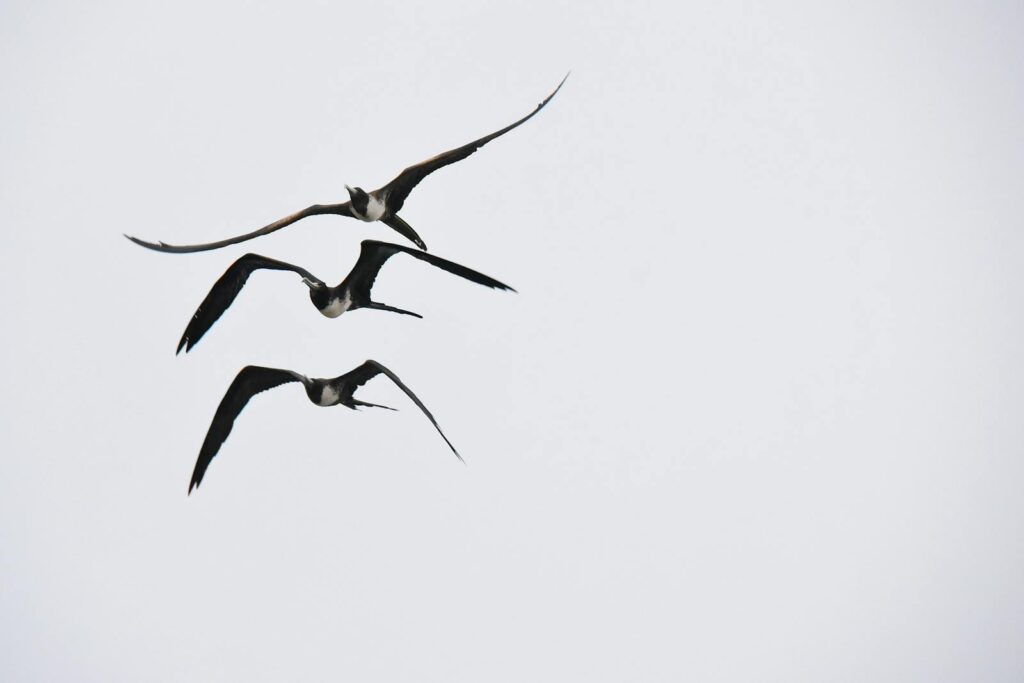
The ability to sleep during flight represents a specialized adaptation that likely evolved in response to the unique challenges of long-distance migration. Evolutionary biologists suggest that this trait may have developed gradually, beginning with brief moments of reduced alertness during stable gliding and eventually progressing to the sophisticated unihemispheric sleep patterns observed today. The capacity for unihemispheric sleep appears to have ancient origins in birds, as it is shared across many avian lineages, suggesting it evolved in early bird ancestors before the diversification of modern species. Interestingly, this adaptation shows remarkable convergent evolution with marine mammals like dolphins, which developed similar unihemispheric sleep capabilities to maintain swimming and breathing while resting. This parallel evolution in distantly related groups highlights how similar environmental pressures—the need to maintain movement while obtaining rest—can drive the development of comparable solutions in different evolutionary lineages.
Implications for Human Sleep Science and Technology
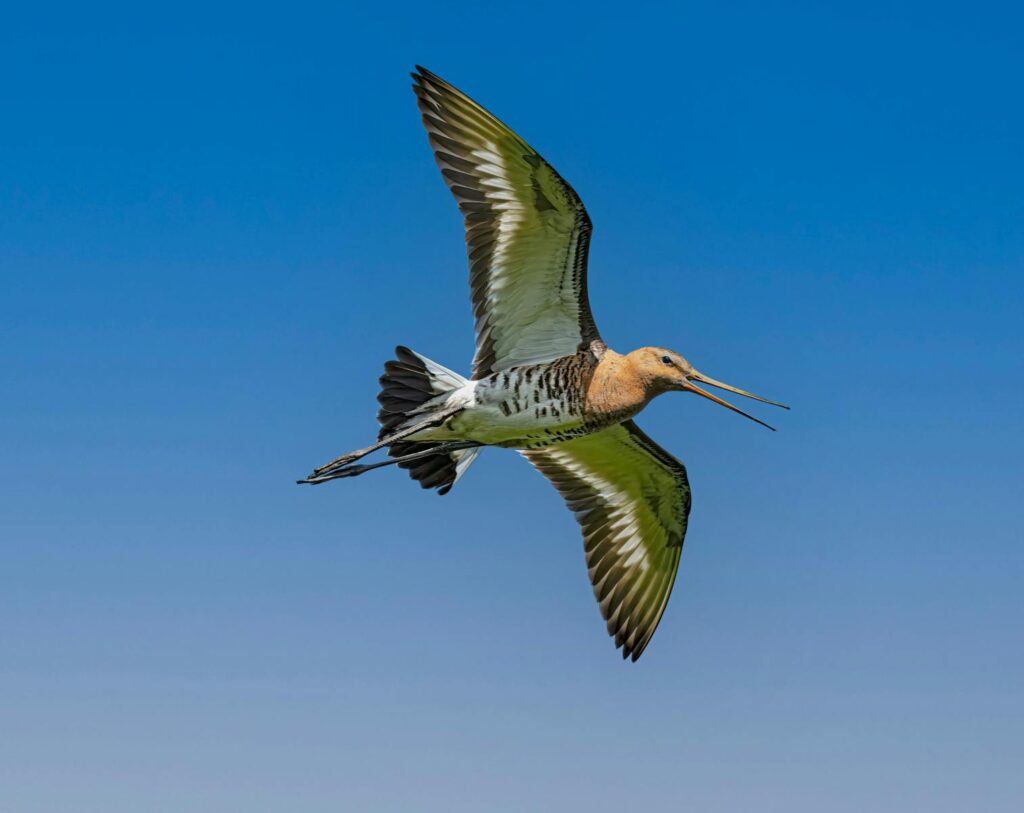
The study of aerial sleep in birds has significant implications for human sleep research and potential applications in fields ranging from medicine to aerospace. Understanding how birds maintain cognitive function despite dramatic sleep reduction could provide insights into treating sleep disorders or developing protocols for situations requiring extended wakefulness. Military researchers have expressed particular interest in bird sleep mechanisms, hoping to develop methods that would allow human operators of critical systems to maintain performance during extended operations. In the aerospace industry, the neural mechanisms that allow birds to maintain flight control during partial sleep states may inform the development of automated systems that can safely manage aircraft during periods of reduced pilot alertness. Perhaps most intriguingly, the unihemispheric sleep capability of birds offers a biological model for potential future human space exploration, where continuous monitoring of spacecraft systems might be balanced with the physiological need for crew rest during long-duration missions.
Conservation Implications: Protecting Aerial Sleep Habitats
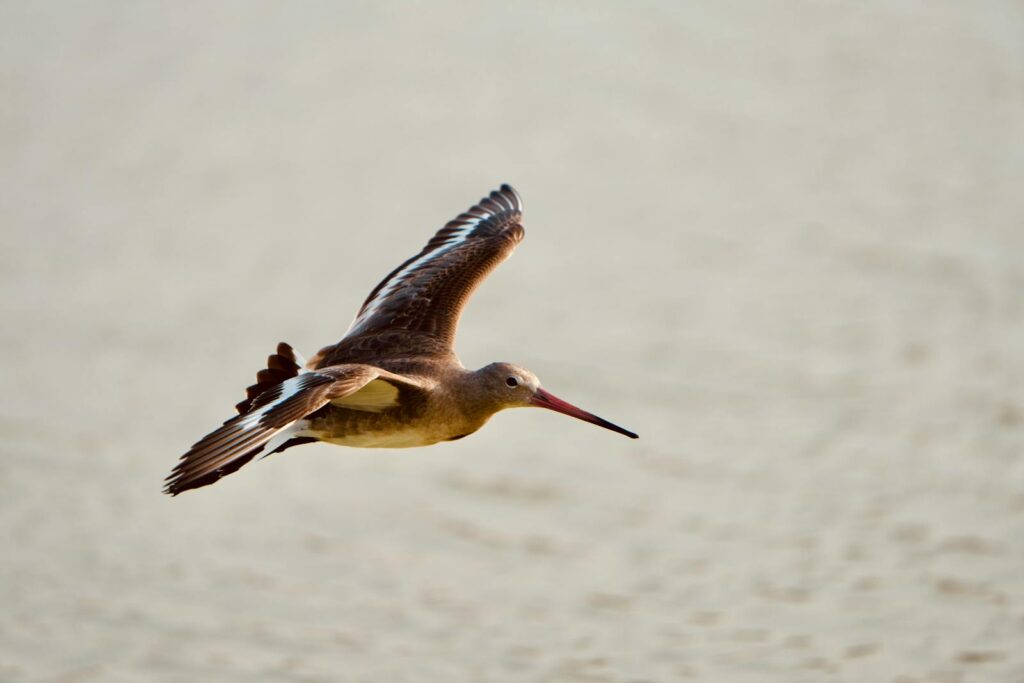
Understanding the aerial sleep requirements of migrating birds has important implications for conservation efforts aimed at protecting these remarkable travelers. Birds require specific atmospheric conditions and flight corridors that facilitate safe gliding and sleep opportunities during migration, making the preservation of these aerial habitats as important as protecting terrestrial stopover sites. Light pollution presents a particular challenge, as artificial lighting can disrupt the natural day-night cycles that regulate sleep patterns and potentially interfere with navigation during nocturnal migration. Wind energy development, while valuable for reducing carbon emissions, requires careful planning to avoid disrupting critical migration routes where birds may be particularly vulnerable during sleep episodes. Climate change adds another layer of complexity, as shifting weather patterns may alter the thermal updrafts and wind currents that birds rely on for efficient gliding and sleep opportunities, potentially increasing the energy demands and sleep deprivation stress of migration.
In conclusion, the ability of certain birds to take “naps” while gliding represents one of nature’s most elegant solutions to the challenge of long-distance migration. Through specialized adaptations like unihemispheric slow-wave sleep, birds can maintain flight while obtaining essential rest, enabling journeys that would otherwise be physiologically impossible. This remarkable capability highlights the extraordinary plasticity of sleep across different species and environments. As we continue to investigate the mechanisms behind aerial sleep, we gain not only a deeper appreciation for the remarkable adaptations of migratory birds but also potential insights that could transform our understanding of sleep itself. From frigatebirds soaring over tropical oceans to swifts that remain airborne for months at a time, these aerial sleepers remind us that even the most fundamental biological necessities can be met through astonishing evolutionary innovations when survival demands it.
